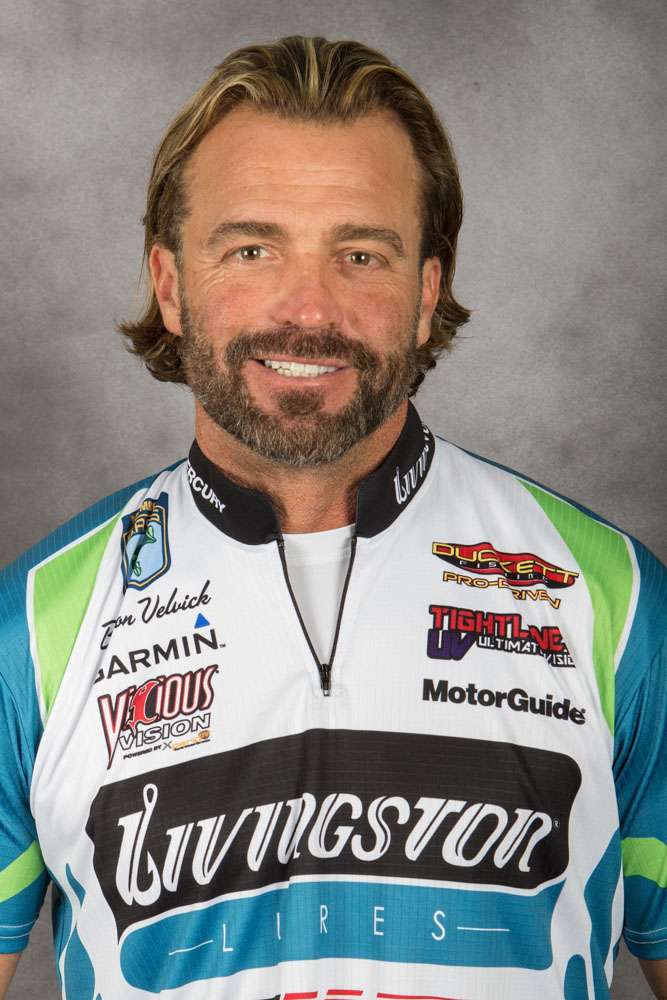Now that the Elite Series has returned to the East, I've been thinking about the role swimbaits have in more "normal" waters. Normal in this context is defined as water where most of the bass are in the 2- to 4-pound range and the forage is less than 5 or 6 inches long.
The conclusion I've drawn is that they're every bit as important here as they are on the West Coast. Consider that swimbaits played a big role in the Smith Mountain tournament, had some effect at Pickwick and may impact the results on Guntersville. That's pretty impressive when you stop to think about it.
The factors that play into this are really quite simple. First, and most obvious, is size. A swimbait is not defined by its relationship to a gym shoe. There are plenty of baits on the market that'll match the smaller forage found in the East.
The Berkley Powerbait Hollow Belly comes in a 4-inch model that's suitable for ordinary bass fishing on ordinary waters. In the hardbait line, Tru-Tungsten has some of the best on the market. Their 4-inch shad is about as good as it gets.
Both of these baits come in a wide variety of colors and finishes. One will match the forage in your water. I have no hesitation recommending fishing with either one of them when you're searching for bass that weigh between 2 and 4 pounds.
These are national baits. They're sold everywhere. That doesn't mean they're your only choices, however. Every area of the country has a local favorite — something made by a local angler to meet local conditions. A lot of them are really good. Ask around.
Remember — I've said this before — swimbaits are not reaction baits. The very best ones are designed to look and act like local forage. Bass eat them because they're hungry and think they're attacking the real thing. The only accurate definition of a good swimbait is that it looks and acts real. Nothing else matters.
One other thing about small swimbaits — make sure you throw them with a matching rod. Throwing a small, relatively light bait with a big, heavy rod will only result in inaccurate casts, backlashes and frustration. I match my lures with the appropriate rod from Duckett Fishing's Micro Magic series.
Once you've picked the right bait and matching rod for your waters, it's time to think about what stage your bass are in and what they're doing.
Prespawn bass act very differently from postspawn bass. If your bass are in the prespawn mode (and many of them will be through the month of May and even into June in some parts of the country), they will still be somewhat lethargic. Even more important, the baitfish will be somewhat lethargic.
That means your swimbait should be worked slow. That may surprise some of you. After all, the bass are feeding ravenously at this time of the year. That's true, but your bait needs to look natural. If the forage moves slowly, your bait should move slowly. No exceptions.
As the bass shift into their postspawn mode, everything is warming up. (A couple of weeks in late spring makes a huge difference in water temperature. Often it'll move 10 degrees or more in just a few days.) Move your lure faster to keep pace with everything else in the water. Again, it's all about being natural.
Think positive: Just because you live in New Jersey, New York, Ohio or Iowa is no reason to be afraid of swimbaits. They're a tool like everything else in your tacklebox. Make them work for you.





